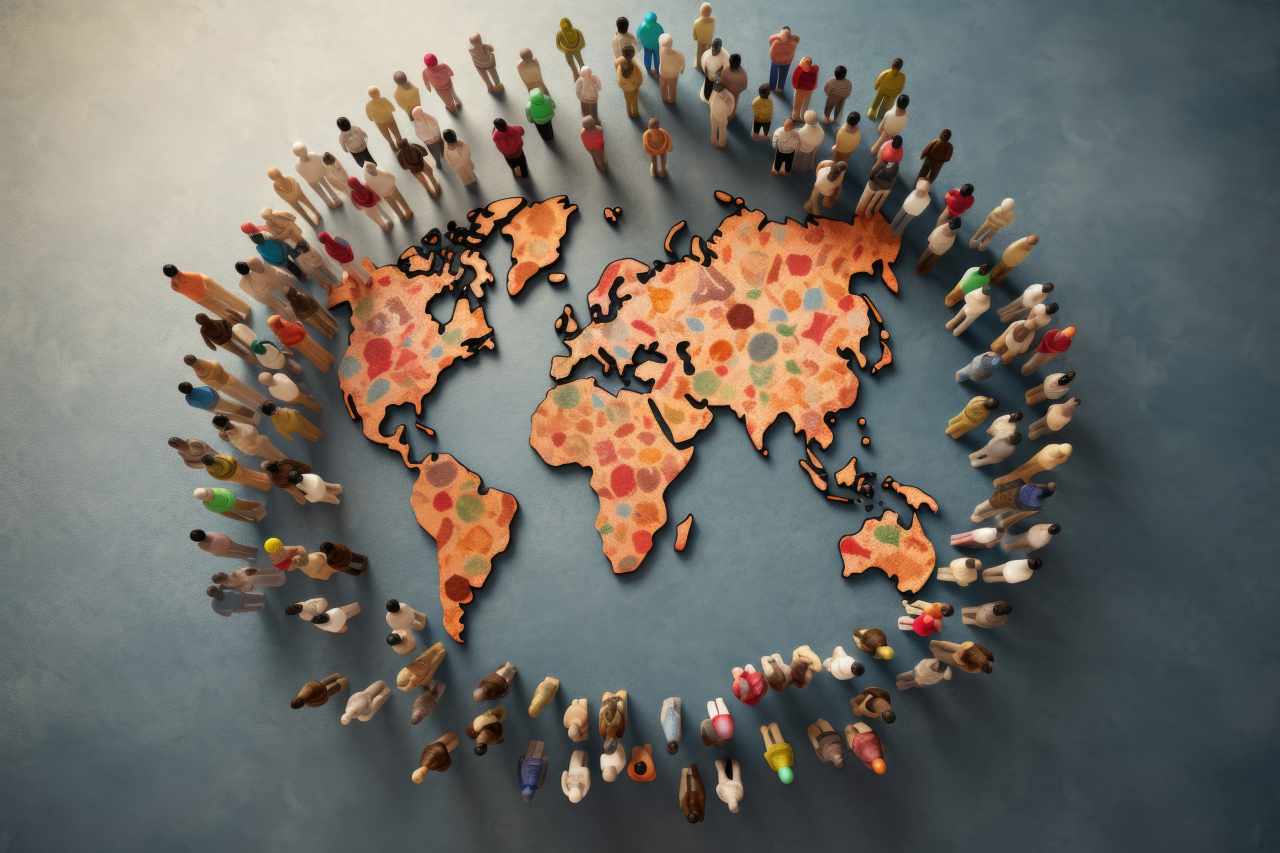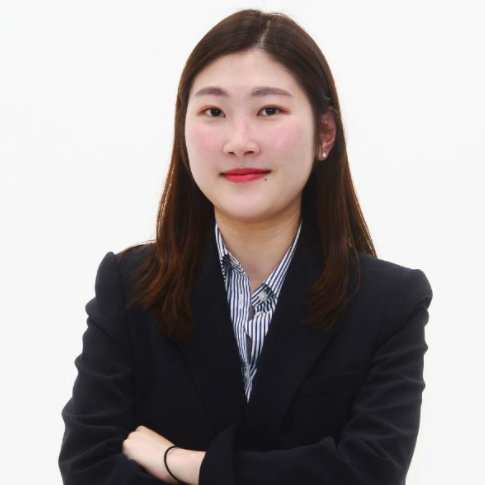Korean schools becoming more diverse
At least 4 in 10 students at 9 elementary schools in Seoul are from multicultural backgrounds
By Park Jun-heePublished : Jan. 7, 2024 - 15:03

While classrooms are shrinking in South Korea as a consequence of waning fertility rates, classrooms in Seoul have been seeing a steady rise in the number of students with multicultural backgrounds.
Data released by the Seoul Metropolitan Office of Education on Sunday indicates that at least 4 in 10 students at nine elementary schools in Seoul have at least one parent of non-Korean nationality or who is naturalized.
Among the schools, two of them have more than 7 out of 10 students with multicultural backgrounds. Younglim Elementary School and Daedong Elementary School boast the highest multicultural student ratios, reaching 70.93 percent and 70.88 percent, respectively.
Seven other schools with more than 40 percent students of multicultural backgrounds include: Seoul Guro Elementary School, Seoul Dongguro Elementary School, Seoul Guronam Elementary School, Seoul Youngil Elementary School, Bogwang Elementary School in Yongsan-gu, central Seoul, Doshin Elementary School in Yeongdeungpo-gu, the district in western Seoul with one of the highest numbers of foreign residents and Munsung Elementary School in Geumcheon-gu, southwestern Seoul.
According to data, the 13,049 students with multicultural backgrounds accounted for 3.43 percent of Seoul’s total elementary school population last year.
The statistics yearbook published by the education office showed they were clustered in Guro-gu, with some 1,440 students, followed by Yeongdeungpo-gu, with some 1,133 students, while Gangnam-gu had 174 students while Seocho-gu in southern Seoul had 168 students, as of 2022.
The Seoul education office has added guidelines on how teachers should interact with mixed-heritage students and support diversity in the classroom.
It also instructs teachers to be attentive to the use of language when guiding students. The supplement has been distributed to all Seoul public and private elementary schools.
As part of its efforts to beef up support for inclusion, the education office also conducts multicultural education for all students and requires teachers to receive at least 15 hours of multicultural education training within three years.
In line with the change in educational institutions, the Seoul education office said it would continue to heed enhancing support to help multicultural students and their families adapt well to the learning environment.
Meanwhile, the number of students from multicultural families nationwide increased by 7.4 percent in 2023, from 168,645 in 2022 to 181,178, according to data compiled by the Ministry of Education and the Korean Educational Development Institute last August.
The number has been on a steady rise since figures on students with multicultural backgrounds were first collected in 2012, showing that globalization and demographic change have led to an increase in cultural diversity in schools.
Of them, 115,639 are elementary students, 43,698 are enrolled in middle schools and 21,190 are in high schools. In terms of background, 32.1 percent had a Vietnamese parent, 24.6 a parent of Chinese nationality, 9.1 percent a parent from the Philippines and 4.2 percent Japanese parent.
More than 10 percent of elementary school students were of multicultural backgrounds in 56 of South Korea’s 229 cities, counties and metropolitan regions, according to reports citing government statistics provided by Rep. Lee Tae-kyu of the ruling People Power Party in November.
The figures in Korea’s rural areas were particularly salient. Hampyeong County in South Jeolla Province had the highest percentage of elementary students with multicultural backgrounds at some 20.5 percent, followed by Yeongyang County in North Gyeongsang Province, Sinan County in South Jeolla Province, and Imsil County in North Jeolla Province.
These latter regions are characterized by their status as agricultural or fishing communities, receiving a lesser influx of population compared to other parts of Korea.
The proportion of students with multicultural backgrounds has seen an increase, aligning with the growing number of births by women of foreign nationality and the decline in the birth rate among women of Korean nationality, according to local media reports.





![[KH Explains] No more 'Michael' at Kakao Games](http://res.heraldm.com/phpwas/restmb_idxmake.php?idx=644&simg=/content/image/2024/04/28/20240428050183_0.jpg&u=20240428180321)













![[Herald Interview] Mistakes turn into blessings in street performance, director says](http://res.heraldm.com/phpwas/restmb_idxmake.php?idx=652&simg=/content/image/2024/04/28/20240428050150_0.jpg&u=20240428174656)
